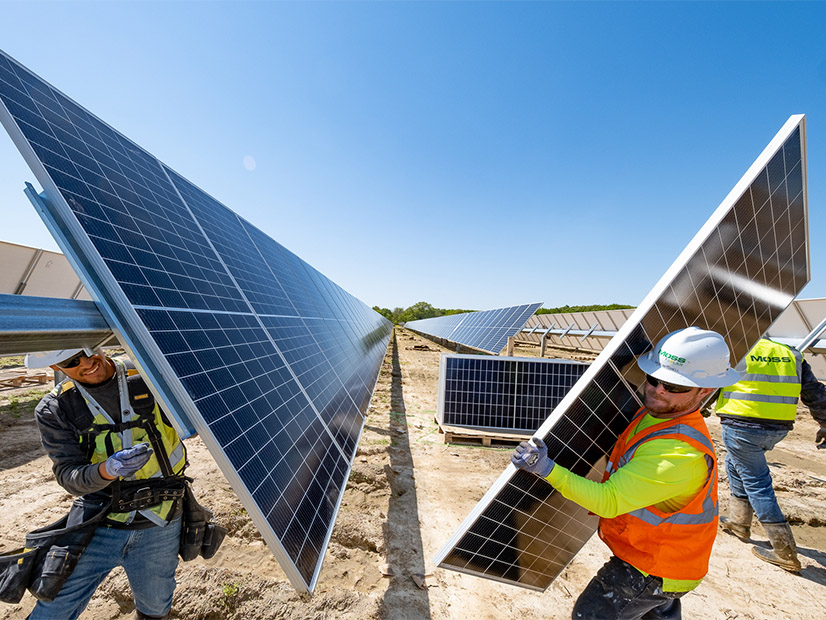MISO said its 123-GW collection of projects in the 2023 queue cycle will be subject to another delay into early 2025 as it pauses to see if a tech startup can help it better scale interconnection studies.
In an email to stakeholders Aug. 13, MISO announced it will hold off on starting the definitive planning phase for the 2023 interconnection until February. The RTO said the extra time will allow it to enlist the help of Pittsburgh-based Pearl Street Technologies to better manage interconnection studies.
MISO previously said it solicited help from Pearl Street Technologies to see if the company’s SUGAR (Suite of Unified Grid Analyses with Renewables) software can speed up interconnection studies. Pearl Street has claimed its software can model more generation projects for transmission operators and drastically cut back time spent on engineering analysis.
MISO said the delay in conducting studies ultimately will help it “process more interconnection applications in a timely manner.” It also said it would expand Pearl Street’s assistance from model development to power flow analysis and network upgrade identification.
“MISO would like to take this opportunity to reassure customers that we are committed to processing interconnection requests in a timely manner,” the RTO said to its stakeholders.
In a statement to RTO Insider, MISO said it’s working with Pearl Street to establish some automation in the queue study process that will allow it to complete the first phase of studies more quickly. The RTO said it would begin studies on the 2023 cycle after it can implement automation and after the 2022 cycle of projects clears the first study phase of the three-part interconnection queue.
If it deems all the 2023 applications valid, MISO has said its queue could grow to nearly 350 GW.
MISO told stakeholders more discussion on the 2023 queue class will take place at upcoming meetings of the Planning Advisory Committee and Interconnection Process Working Group.
The 2023 queue cycle already was delayed last year, as MISO sought permission from FERC for steeper penalties, higher fees and more binding proof of land use as a means to get a handle on the sheer number of projects lining up annually for grid treatment. The grid operator ultimately didn’t begin certifying the 2023 class until spring of 2024.
The 2024 cycle also is destined for delays. While it’s unclear if the current software delay will affect when MISO begins processing 2024 entrants, MISO already planned to postpone this year’s cycle while it tries again to win FERC approval of an annual megawatt cap on projects that may enter. (See MISO Sets Sights on 50% Peak MW Cap in Annual Interconnection Queue Cycles.)
MISO said it doesn’t “anticipate closing the window for the next queue cycle until after a cap filing is submitted and accepted by FERC, which is currently on track for 2025.” MISO pointed out it’s currently accepting online applications for the next cycle of interconnection requests, though it’s waiting to kick off any studies.
Meanwhile, clean energy developers’ interest in queueing up appears full steam ahead. Last week, developers Ørsted and Mission Clean Energy announced their intent to join forces to build 1 GW of battery storage in MISO Midwest. Mission Clean Energy plans to submit applications for four projects across MISO’s North and Central regions and give Ørsted the option to buy an ownership stake later in the process.
Ørsted said the storage plans are its first-ever standalone battery storage partnership, in the U.S. or globally.
“Continuing to invest in and build out storage solutions is critical for ensuring a resilient and reliable grid, and this partnership with Mission advances this important goal,” Ørsted Chief Commercial Officer James Giamarino said in a release.



